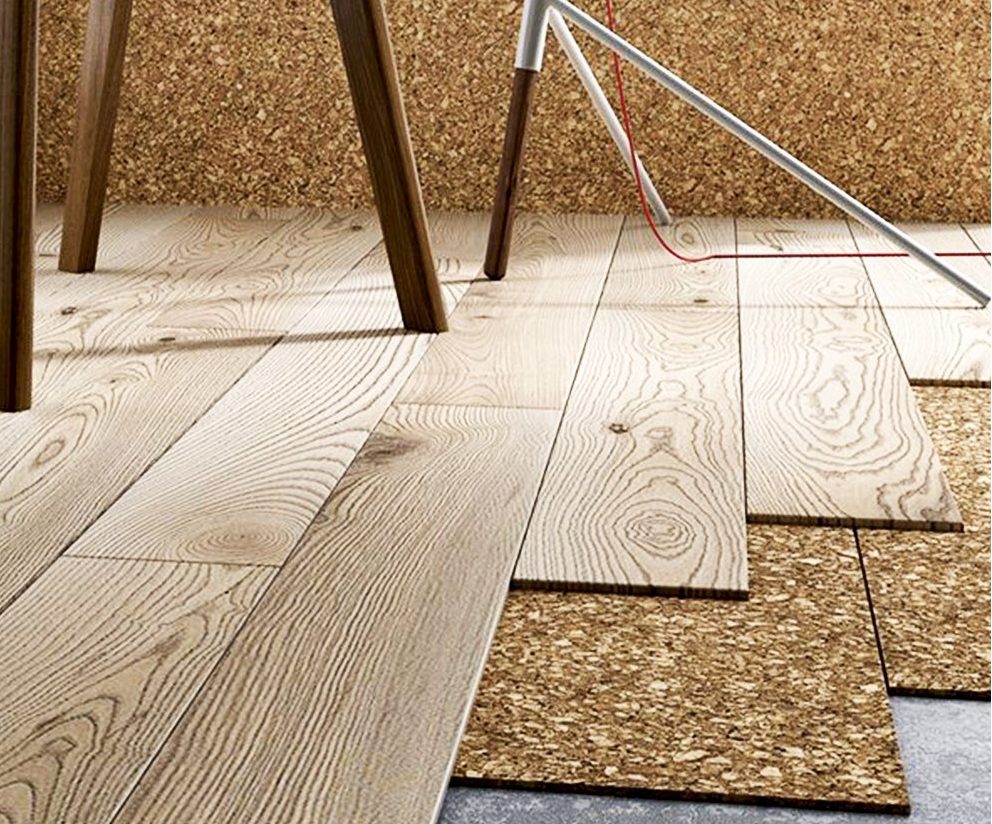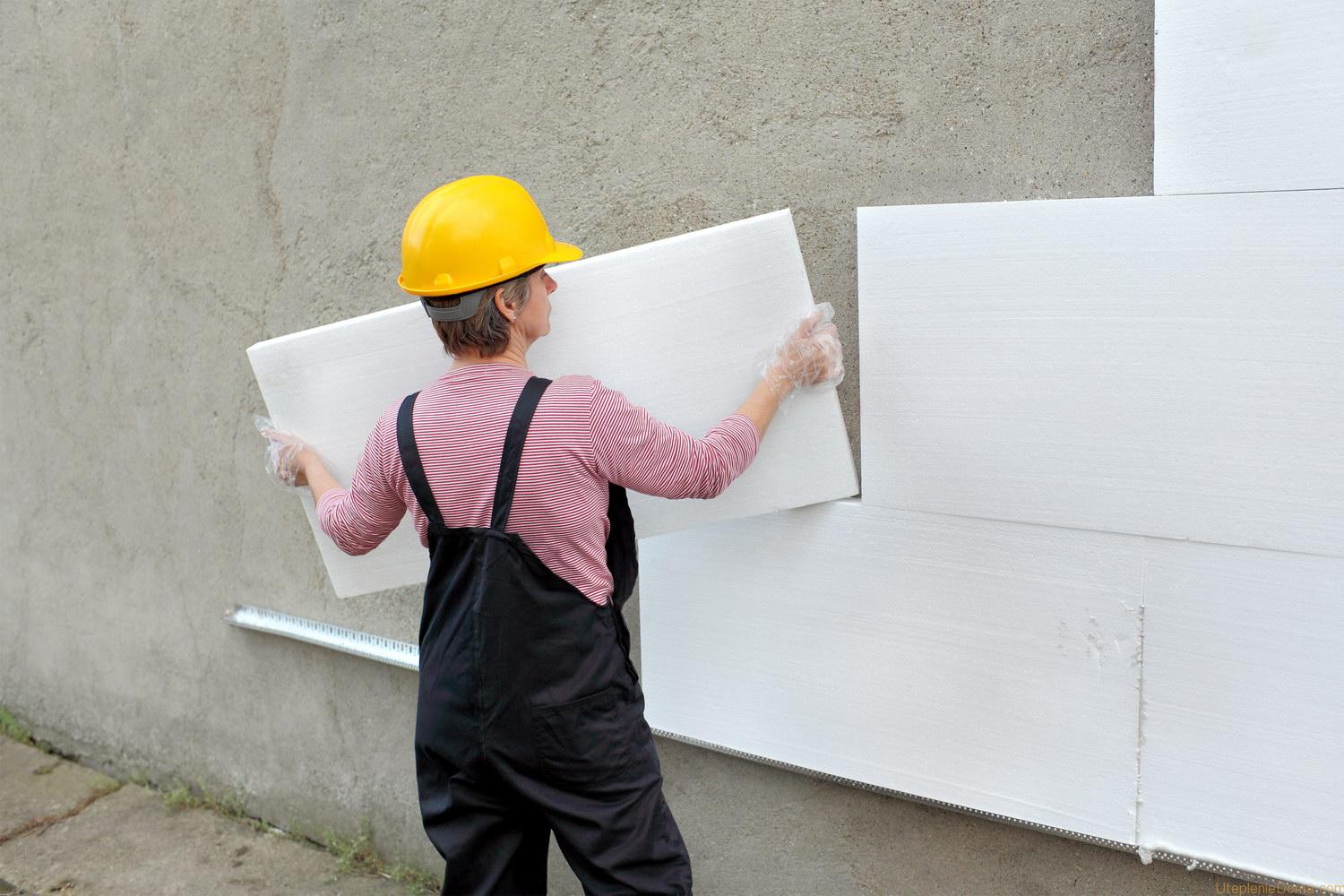Lightweight Soundproof Materials
What are the benefits of lightweight soundproof materials? How do these materials compare with other options out there? These are just some of the questions you might have about soundproofing your home. To help you answer those questions, this blog post will talk about various types of soundproofing materials and their pros and cons.
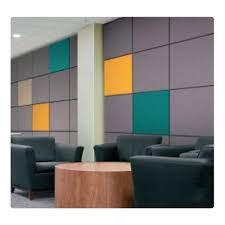
Best Lightweight Soundproofing Materials
There are several types of lightweight soundproofing materials available on the market that can help reduce noise without adding a lot of extra weight to your structure. More about insulation and soundproofing materials you can read at official website of Energy Saver U.S. Department of Energy’s (DOE) consumer resource on saving energy and using renewable energy technologies at home.
One common type of lightweight soundproof material is acoustic foam.
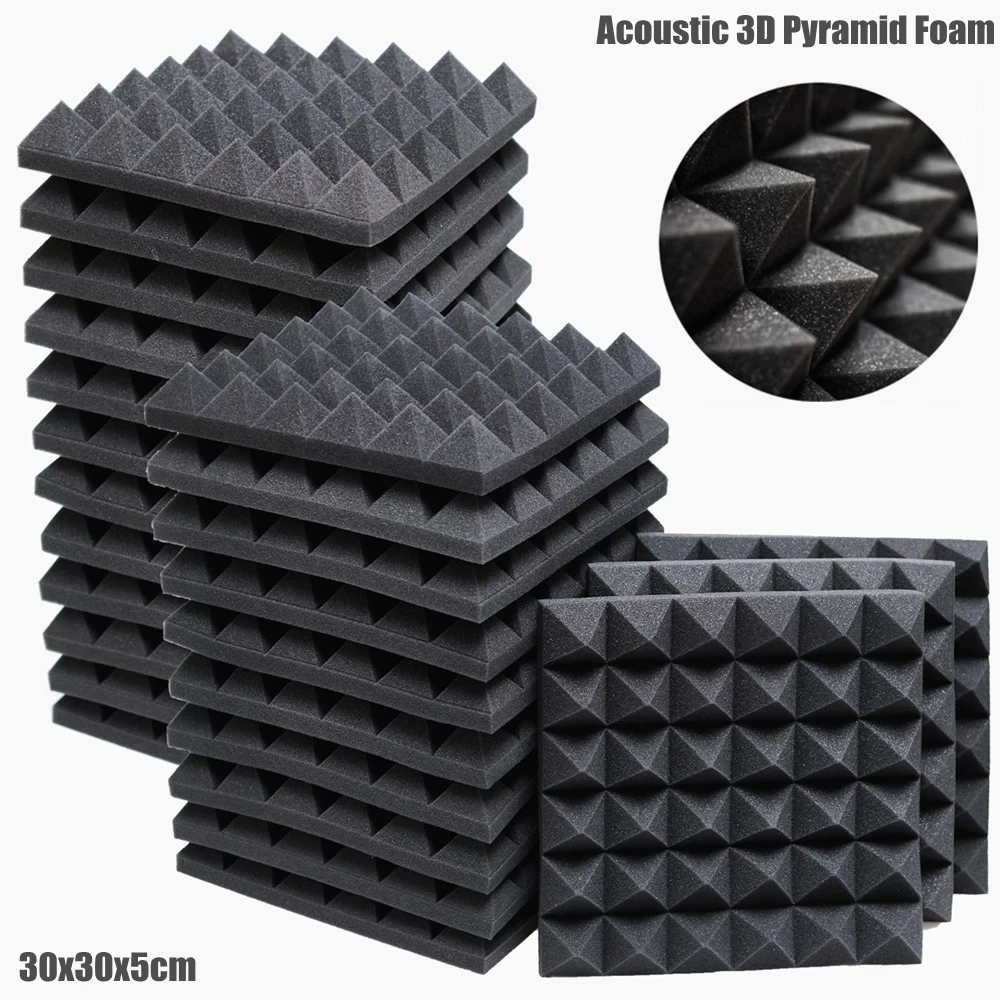 This foam is designed to absorb sound waves, preventing them from entering or exiting the space. Acoustic foam is usually made from polyurethane or other synthetic materials, so it’s not very environmentally friendly. However, it does work well to reduce noise levels in a room.
This foam is designed to absorb sound waves, preventing them from entering or exiting the space. Acoustic foam is usually made from polyurethane or other synthetic materials, so it’s not very environmentally friendly. However, it does work well to reduce noise levels in a room.
Another option for lightweight soundproofing is mass loaded vinyl (MLV). MLV is made from PVC plastic and is an adhesive or spray-on material. This type has been shown to provide some effective insulation against exterior noises such as traffic and loud neighbors, while still allowing people inside the building plenty of room to move around without being disturbed by outside sounds. One downside may be that this material could potentially cause damage if not properly installed—especially when applied over other surfaces wood paneling or wallpaperstamped with grooves to help it absorb sound. It’s often installed along with a layer of drywall in order to reduce the transfer of noise from one side of the wall to another.
- cell neoprene foam
A third option for lightweight soundproofing materials is rubber and cell neoprene foam, which can be used as a blanket or insulation. This type of material is also known for being more environmentally friendly than other types, but it’s still important to check the materials used in the product before choosing this option since some rubber foam products can contain ozone-depleting chemicals and may not be safe for the environment.
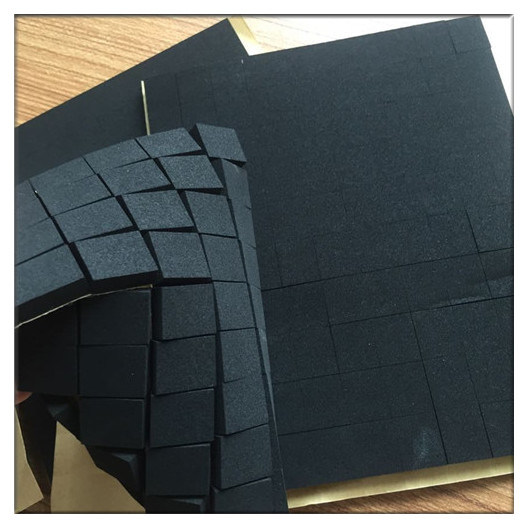
Pros and Cons
The best choice depends on what you’re trying to accomplish with your lightweight soundproofing materials . If reducing noise is a top priority, acoustic foam may be the best option because it can provide excellent insulation against noises outside of the room and also help reduce any sounds within the room that are making it difficult for people inside to concentrate or relax. On the other hand, if you want something more versatile—such as an adhesive type material that could potentially be used in several locations around your home—then rubber neoprene foam might be better suited for this purpose. Of course, mass loaded vinyl (MLV) would work well too since its thick layer adds extra strength to the wall and can help to reduce exterior noise levels.
Other Lightweight Soundproofing Materials
- mineral wool
Mineral wool is a type of insulation that is made from natural materials such as rocks, slag, or glass. It can be produced in several different ways, including spun fiberglass, blown fiberglass, and stone wool. Mineral wool is often used in commercial and industrial buildings where soundproofing is important , but it can also be installed in homes to help reduce noise levels. One advantage of using mineral wool for soundproofing is that it’s resistant to fire and moisture—which means it won’t easily ignite if there’s a fire or it gets wet during a storm. It also has a high R-value, meaning it can help keep your home warm in the winter and cool in the summer.
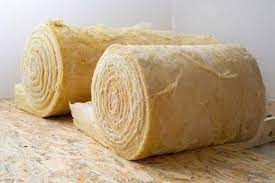
- cotton batt insulation
This type of insulation is made from recycled cotton fibers and is environmentally friendly since no trees need to be cut down to produce it. Cotton batt insulation also has a high R-value, making it effective way to keep your home warm in the winter and cool in the summer.
- blown insulation
Blown insulation is another type of fiberglass-based lightweight soundproofing material that can be installed by a homeowner. One advantage of using blown insulation for home soundsproofing is that it offers an affordable option since materials are available at most hardware stores or lumber yards. However, keep in mind there isn’t any fire resistance with blown insulation so use caution during installation if your ceiling contains flammable objects such as wood beams or paper wallpaper!
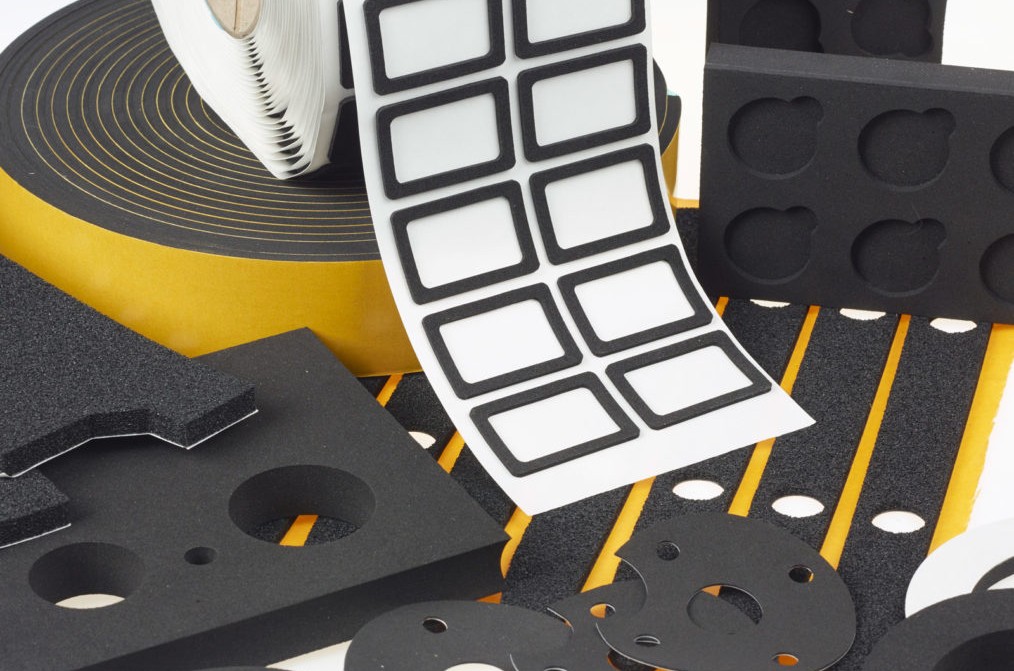
Call in a Professional
No matter which type of lightweight soundproofing material you choose, make sure to read all instructions carefully before beginning installation to avoid any potential damage. And if you’re not confident in your ability to install the product correctly, it might be best to call in a professional for assistance!

